Thirty-four-year old Ukrainian PhD student Viktoriia Grivina had only been at St Andrews University for a few weeks when the Russian invasion began.
A self-confessed “optimist”, she had not thought a full invasion would happen, and thought friends back home were “panicking and paranoid” when they suggested otherwise.
However, when friends started messaging the writer and cultural researcher from Kharkiv on February 24, 2022, she went on Telegram and was shocked to see the war had begun.
‘I started to shake’
“My friend said she heard explosions in the centre of the city and I started to shake,” recalled Viktoriia in an interview from St Andrews to mark the first anniversary of the invasion.
“All the channels, like the main online newspapers were broken by hackers, so on the night there was a lot of false information and people didn’t know what was happening.
“It was scary.
“I was trying to call my dad to not to go to work.
“Our mayor of Kharkiv wrote on Twitter ‘you should not go to work – the war’s started’!
“But when I finally reached my dad, who works as an engineer, he was already at work.
“I could not sleep for two days.
“Many people had different reactions.
“I wrote to the university to try and get my family out.
“But my family decided to stay in the end.
“It was a struggle because I realised I cannot just tell them – they are independent people!”
Viktoriia considered joining army
Viktoriia, whose PhD study is aptly dedicated to the aesthetic and cultural transformations of Ukrainian cities in the time of war, considered abandoning her studies.
“In the first days when I saw Kharkiv might be taken by the Russian Army, I thought about flying to Poland to come back to Kharkiv and join the army,” she said.
But after learning that the drafting offices were overcrowded and being assured there were “better people for fighting than her 50kg self”, she realised she should stay in St Andrews and run seminars and fundraising for Ukraine instead.
She was buoyed by the sight of Ukrainian flags flying in St Andrews and general wide support.
Last summer she returned twice to Kharkiv, where her parents and her brother and his three children still live.
It was not as dangerous as last spring but there was “still shelling at 2am”, she said.
She went back again at Christmas and was pleased to discover it was “much quieter” with coffee shops and cinemas back open.
For a while, her family lost contact with relatives in the south-east Ukrainian city of Izyum which was under Russian occupation and is the site of alleged war crimes.
However, since the city’s liberation in September, it’s been confirmed her relatives are alive.
As well as her PhD, Viktoriia writes personalised essays and short stories and has been creating a series of humorous stop-motion animations, Kharkiv Legends.
Welcoming Ukrainian author
She also recently welcomed another Ukrainian writer to St Andrews – Hanna Naumkina – who is a creative author from Russian-controlled Luhansk.
Hanna has worked as a commercial copywriter and editor for eight years.
After graduating from the school for writers in 2021, she began writing essays, short stories and plays professionally.
At the beginning of Russia’s invasion last year, Hanna was living in the long-occupied city of Luhansk, where her parents still live.
She chose to leave the area via Russia and Belarus last June to get back into non-occupied west Ukraine , where she now volunteers to help displaced children.
She is currently working on a novel about the Donbas region, using writing as a process to transform the feeling of war into something “stronger than fear, pain and endless grief”.
During her visit to St Andrews, she gave a reading at the Byre Theatre.
Thank you to our wonderful authors, @brams884, Kateryna Ustiokhova, & Hanna Naumkina for their impactful & stunning readings last night! Many thanks to all those who joined us for this special event and engaged in great discussion! https://t.co/C8jUyRK0Lw
— Byre World (@ByreWorld) February 2, 2023
The St Andrews University School of Modern Languages event saw her read from her short story Lost It – a piece dedicated to the search for a sense of belonging and home in the early days of full scale war.
Speaking little English and translated by Viktoriia, Hanna told The Courier: “The news cannot grasp the full scope of devastation in Ukraine. Our friends fight and volunteer.
“But we are both optimistic. We believe in victory for Ukraine”.
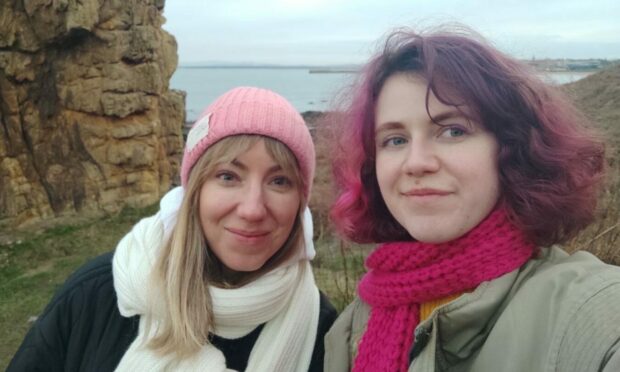

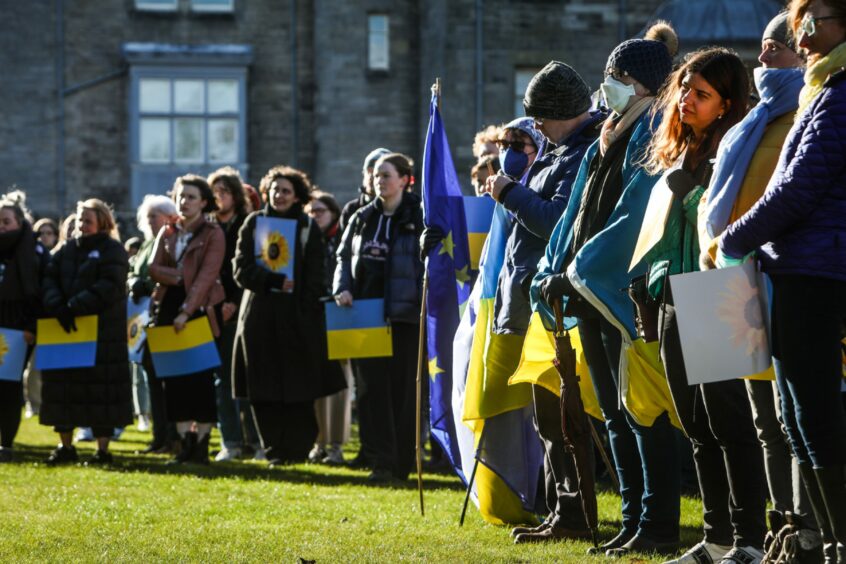
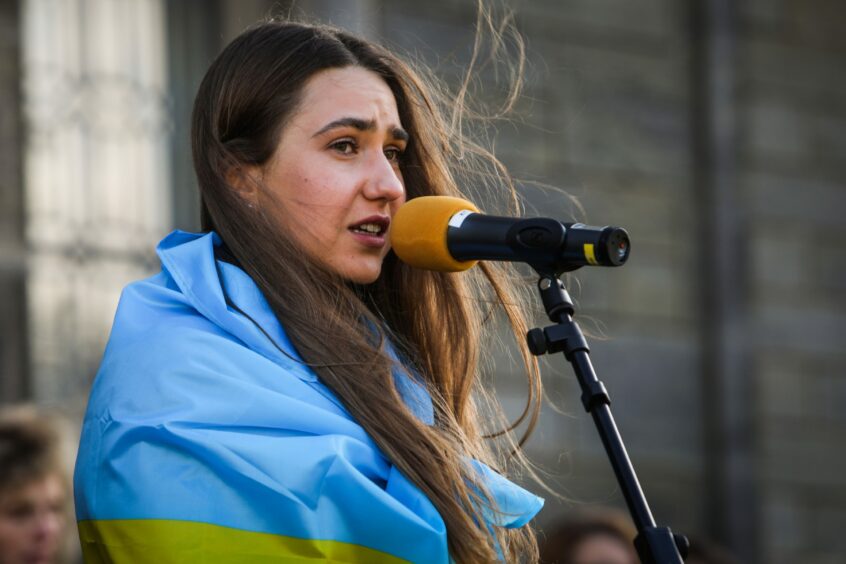

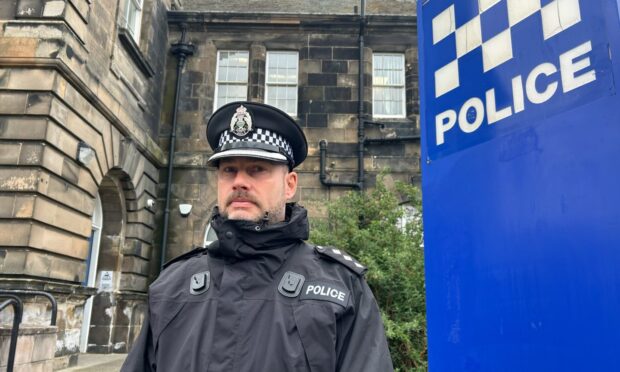
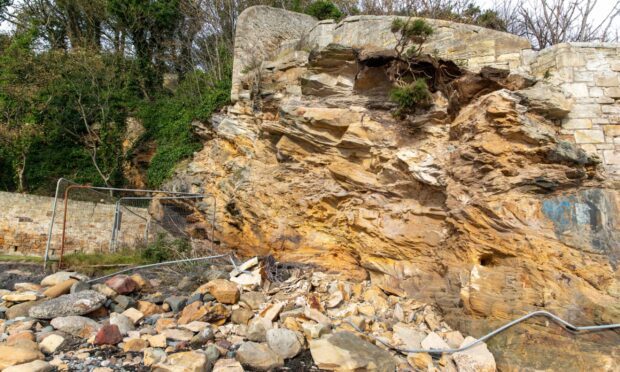

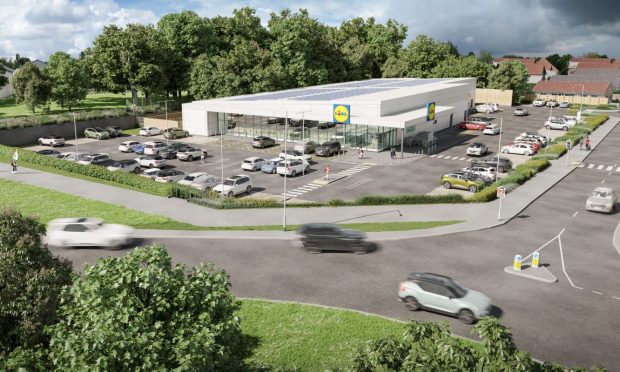
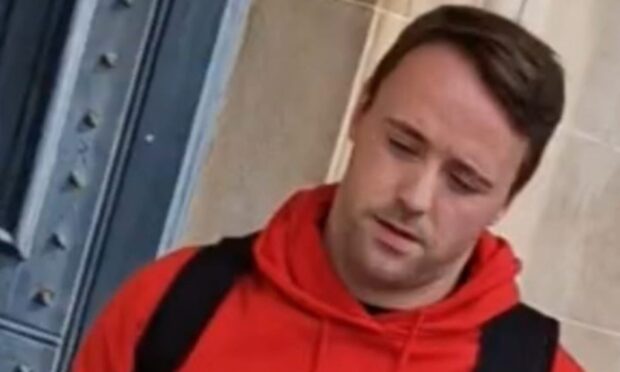
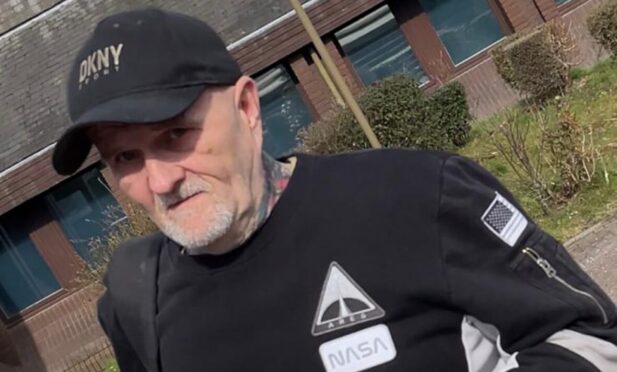
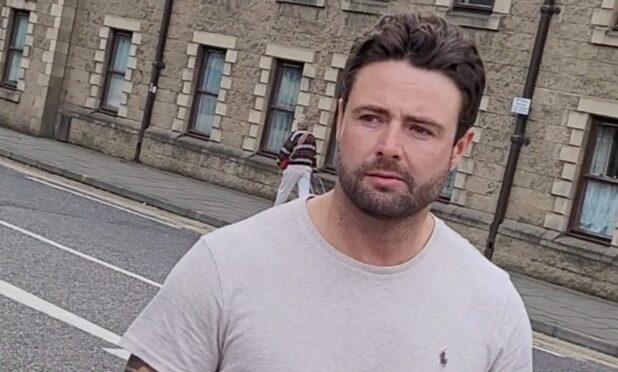
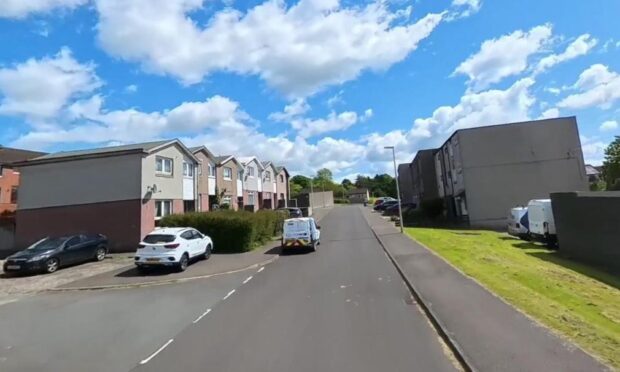
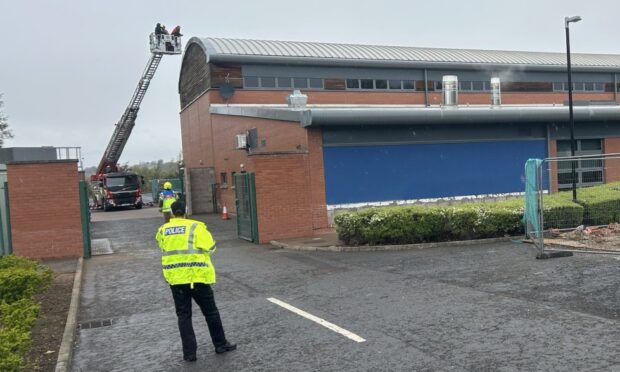
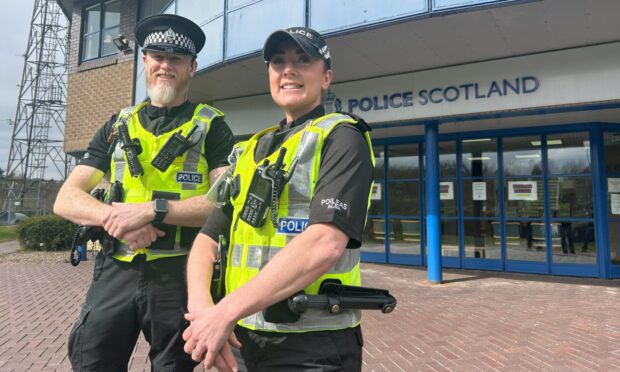
Conversation